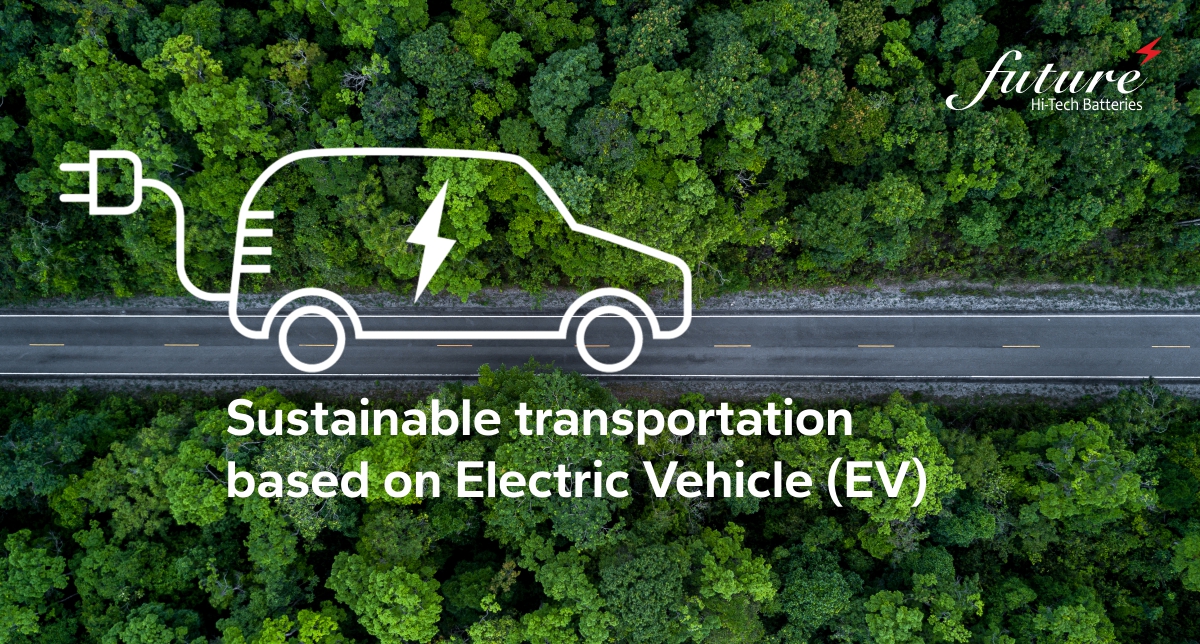There are two types of vehicles – Fuel Cell Electric Vehicles (FCEVs) and Battery Electric Vehicles (BEVs). While both are powered by electricity, the way they store and generate that electricity is different. Battery-powered electric cars and hydrogen fuel cell vehicles have both seen advances in their development, and one or both of these technologies may represent the future of ‘green’ automobiles.

Lorem ipsum dolor sit amet, nec in adipiscing purus luctus, urna pellentesque fringilla vel, non sed arcu integer, mauris ullamcorper ante ut non torquent.
Both technologies offer a cleaner alternative to internal combustion engines, and both use electric motors powered by electrochemical devices. Electric vehicles use energy stored in a battery, whereas fuel cell vehicles have stored fuel that reacts to produce energy. Lithium-ion batteries and fuel cells produce electricity through chemical reactions that are very similar.
However, the source of energy used for the chemical reaction is different. In simple terms, batteries produce electricity using stored energy while fuel cells generate power with hydrogen-rich fuel. Lithium-ion batteries and fuel cells produce electricity through chemical reactions that are very similar. However, the source of energy used for the chemical reaction is different. In simple terms, batteries produce electricity using stored energy while fuel cells generate power with hydrogen-rich fuel.
Batteries Are More Energy-Efficient than Fuel Cells
No energy source is 100% efficient. Some energy is lost when it is transformed into other forms of energy. Energy can be lost in multiple forms such as heat, light, sound, or magnetic loss. The goal is to reduce the amount of lost energy to improve efficiency.
EV powertrains using batteries or fuel cells are significantly more energy efficient than gas-powered engines, which can lose as much as 80% of their energy through engine heat, evaporation, oil extraction, refinement, and transport. However, batteries and fuel cells are not immune. Energy loss can occur during storage, charging, and discharging.
Batteries suffer significantly lower energy losses than fuel cells. Batteries can reuse between 80–90% of the chemical energy stored. Some of the energy lost to heat can be reused for other purposes, such as to provide heat in an EV’s cabin or even to warm up passenger meals in airplanes.
Reusing the energy lost as heat is called cogeneration. EV manufacturers efficiently use this method to reduce battery drain. By heating the cabin with energy lost from heat, they can avoid draining down the battery power.
Fuel cells, by comparison, generally transform 40% to 60% of their energy to produce electrical power. Using cogeneration from waste heat can theoretically improve fuel cell energy efficiency to as high as 85%. In cold weather, fuel cells can be almost as efficient as batteries. This is because EV batteries use up to 40% of the electrical energy for heating.
Fuel Cells Have Shorter Charging Times
One frustration for EV owners is the time it takes to charge their vehicles. Charging an electric battery takes time. For regular EV batteries, a full charge can take between 45 minutes and 2 hours. In the best-case scenarios, fast charging takes between 20-25 minutes.
To achieve fast charging times, batteries must be maintained within very specific temperature tolerances. They may need to be cooled down, as the current going into the battery produces excess heat. They may also need to be heated up in colder locations, as batteries cannot be charged below 0C. Larger batteries can be charged at a higher power (i.e., more kW) than smaller batteries, their charging time is typically much longer. For commercial vehicles like delivery trucks, buses, trains, and airplanes, charging times become a lot longer because charging stations have not yet been adapted for larger batteries.
Filling up a fuel-cell vehicle is much faster than charging up an electric vehicle. Fuel cell tanks are filled up with hydrogen-rich fuels, much like gas-powered cars are filled up with gasoline. It can be done in just a few minutes. This makes fuel cells very attractive for commercial vehicle applications, as it reduces charging times to practical levels.
Environmental Impact
Fuel cells and batteries are part of the solution for a greener future, but it doesn’t mean they have no environmental impact. They simply replace technologies that are way more polluting.
Fuel cells need hydrogen-rich fuel, and how that fuel is produced matters. A colour classification system was developed to understand the origin and environmental impact of hydrogen. For example:
Green hydrogen is produced from renewable energy sources like wind power.
Blue hydrogen is produced from natural gas and heated water. If the hydrogen that we produce comes from polluting energy sources, our efforts are counterproductive. Similarly, the electrical power used to charge batteries can also come from different sources like wind power, hydropower, and coal and can also impact the environment. The electrification of our industries alone is not enough. The entire battery and fuel cell supply chain needs to be monitored and regulated if our goal is to mitigate the environmental impact.
Fuel Cells & Safety
Fuel cells use hydrogen and hydrogen-rich fuels, which are highly flammable and explosive. Hydrogen is stored as a gas or a cryogenic liquid in pressurized tanks. If a crash happens with a hydrogen-powered car, there can be a massive explosion. With lithium-ion batteries, fires can be very difficult to extinguish due to what is called a thermal runaway. Still, there is no explosion, allowing passengers time to get out of the vehicle. This is because batteries are designed to slow down failures, making them happen progressively.
The transition to EVs is inevitable, and India is showing great strides in accelerating its green mobility enterprise. Government schemes and rising fossil fuel prices have led to the deployment of about 15 lakh EVs on Indian roads; however, this constitutes only <1% of the total vehicle population in the country.
To address climate change impacts and national fuel dependency, the energy ministry has set a target of 30% EV sales by 2030 (EV30@30). If this is achieved, EVs could constitute up to 5% of the vehicle stock. These trends indicate that EV adoption in the personal-use vehicle segment will be led by e-2Ws (60% – 80%), whereas e-three-wheelers will continue to dominate in the commercial vehicle segment (60% of total EV sales).
The Upcoming Fast-Charging Hybrid EV Battery
One of the chief concerns which currently hinders widespread consumer adoption of EV technologies is their charging time. While progress has been made in reducing charging times from the several hours that EVs have required until recently, current commercially available models cannot compete with ICE vehicles in this respect.
Charging a battery in less time than it takes to refuel an ICE vehicle would be a game-changing development in battery technology that could significantly increase the consumer uptake of these vehicles.
The technology, dubbed e-Technology, provides an 80% charge in 72 seconds and can charge an EV to 100% in just 2.5 minutes. While it cannot meet the demands of long-range EVs, the technology is ideally suited to small city cars, e-bikes, and drones. The technology also works efficiently in extreme temperatures.
The EV market is undergoing a revolution as it strives to meet consumer demand and the transportation industry’s net zero carbon emissions commitments. Multiple automakers are now introducing domestic and commercial models to meet these demands.
The innovative research currently being performed by multiple academic institutions, government bodies, and automakers into battery design is a key driver of this technological revolution. While several key challenges still exist, the future of the EV industry is looking increasingly positive.










Your Comment Please